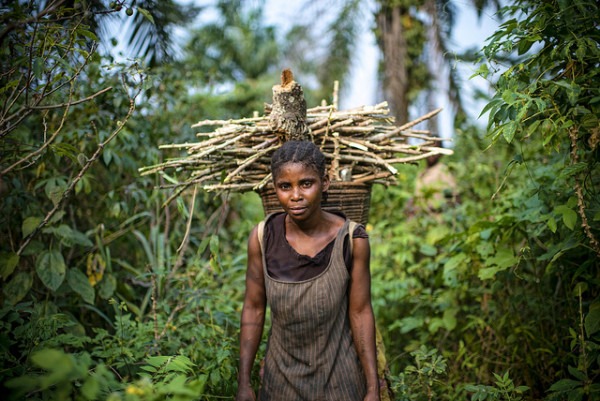Item Link: Access the Resource
Date of Publication: May 10, 2016
Year of Publication: 2016
Publisher: Mongabay.com
Author(s): Jeremy Hance
“The field of conservation has faced down an internal crisis over is its treatment of indigenous peoples and local communities living in ecosystems targeted for protection. Conservationists now often engage these groups in a spirit of partnership, asking and listening instead of telling and demanding. But still there is much work to do. Part 4 of Conservation, Divided: Mongabay’s four-part series investigating how the field of conservation has changed over the last 30 years.”
For all the progress, the relationship between conservationists and local people remains complicated. Memories of past abuse persist and locals continue to lodge accusations of elitism, disrespect, and stealing traditional land for protected areas.
Working in parts of the world like Cameroon — where poverty, conflict, and lack of governance prevail — forces conservationists to walk a tightrope between the desires to preserve species, protect forests, and mitigate human suffering.
As conservationists have demanded more and more of themselves — and had more and more demands placed on them by governments and the public — they have often failed to acknowledge that maybe, just maybe, they can’t do it all. Certainly, not well. I mean, just preventing mass extinction is a pretty tall order. So perhaps it is time to start working with experts far and wide. Not just economists and business leaders, but psychologists, sociologists, anthropologists, trauma specialists in conflict areas, and of course indigenous and local community leaders.
Read the full article here. Conservation, Divided is an in-depth four-part series investigating how the field of conservation has changed over the last 30 years — and the challenges it faces moving into an uncertain future. Hance completed the series over the course of eight months. Stories will run weekly through May 17. You can find part Part I: Has big conservation gone astray, Part II: How big donors and corporations shape conservation goals, and Part III: Conservation today, the old-fashioned way in the MAHB Library.
The views and opinions expressed through the MAHB Website are those of the contributing authors and do not necessarily reflect an official position of the MAHB. The MAHB aims to share a range of perspectives and welcomes the discussions that they prompt.
